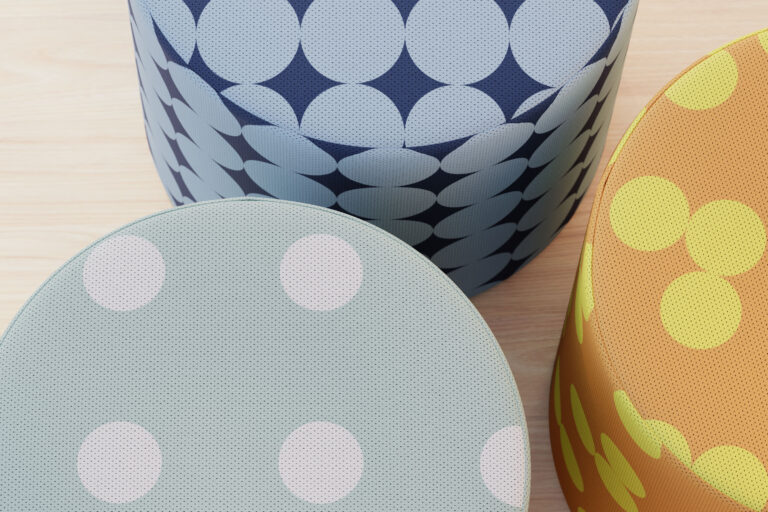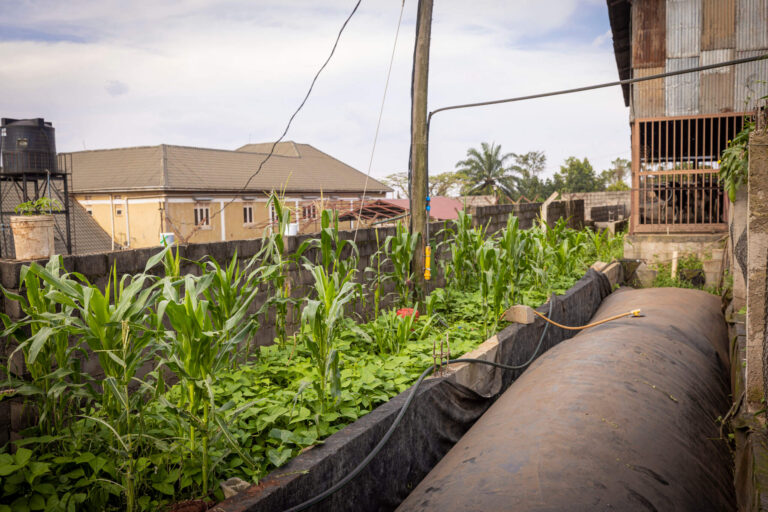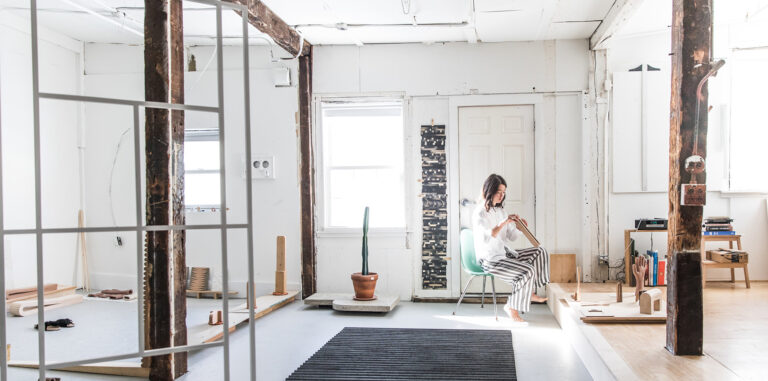Story
Designed for Circularity: Introducing Pepper
Our newest Loop-to-Loop construction is specially designed for use in our Digital Studio tool.
For the past ten years, Designtex has proven the possibilities of circular design with Loop-to-Loop, the first closed loop upholstery yarn made from recycling already-recycled textile waste. Realized through the partnership and commitment of four companies – Designtex, Steelcase, the fiber producer and manufacturer Unifi and the Canadian fabric mill Duvaltex, Loop-to-Loop yarn is made by collecting fabric waste and selvedge offcuts from one of Steelcase’s largest panel factories in Alabama, and sending those scraps to Unifi where fibers are extruded, re-melted into recycled polyester and solution-dyed black. These first-quality yarns are then sent to Duvaltex to be woven together with other recycled PET yarns to create performance textiles for Designtex and Steelcase.
‘Our panel fabrics come in different colors, so part of the limitation was that waste from these fabrics would not produce one consistently colored yarn. We decided to overdye these yarns black, using a solution dye that can be consistent run after run,’ explains Catherine Stowell, Designtex’s director of design. ‘That presented a bit of a design challenge and how we arrived at using the black yarn as a design element. We use it in combination with regular recycled PET yarn, which is a white fiber that we piece dye, so the color only applies there.’
Established back in 2013, when collecting offcuts and ensuring the consistency of pre-consumer textiles was still nascent, Loop-to-Loop has since evolved from one eponymous textile to a host of different constructions. ‘The first Loop-to-Loop product was a proof of concept that we could do this at scale and make a product that is not only viable in the market, but increases its value,’ Stowell says. ‘We created a heavy, pillowy matelassé, something that has a higher value than the products we used as an input of the recycling process. ‘Loop-to-Loop has become a self-sustaining platform for us to use when designing new products. It’s a useful tool in our toolkit that uses our own waste to feed the cycle.’
Since then, four other products – namely Hemstitch, Tack Cloth, Pixel and Mateo – have been added to this platform. Pepper, the sixth and newest product to utilize Loop-to-Loop yarn was specifically designed for use as a substrate for Designtex Digital Studio. A light, multiuse product suitable for both upholstery and panel use, it displays a delicate pin dot pattern that is suitable for printing, while infusing a visual interest that doesn’t compete with the patterns in Digital Studio.
Stowell says, ‘Pepper has a universal quality that works well in concert with printing. The even dispersal of dots adds a cool layer when used in custom design, and it will also be available on its own, piece-dyed in 16 colorways.’


